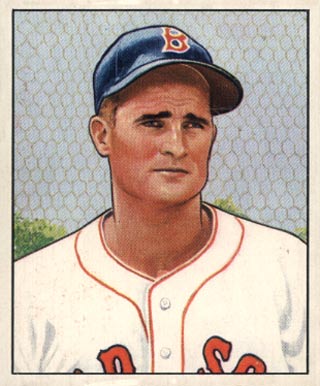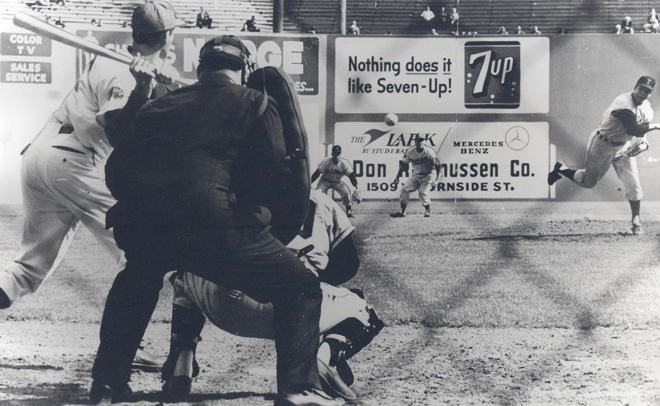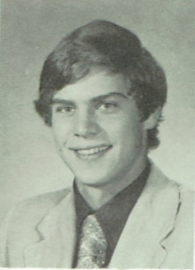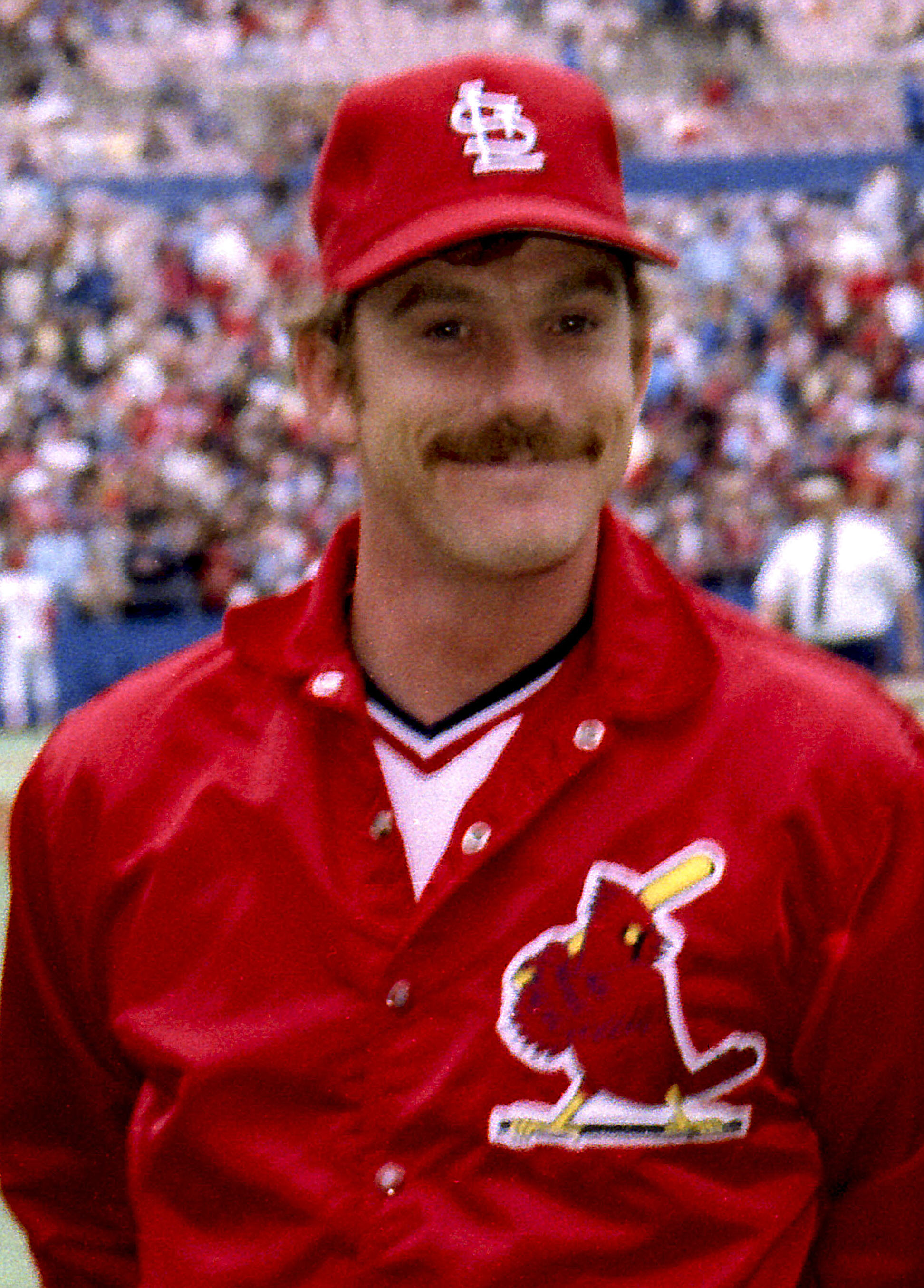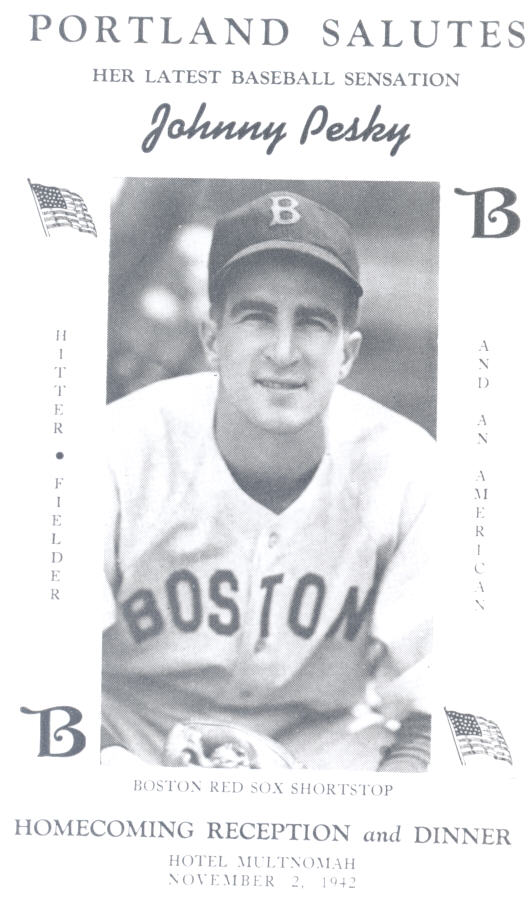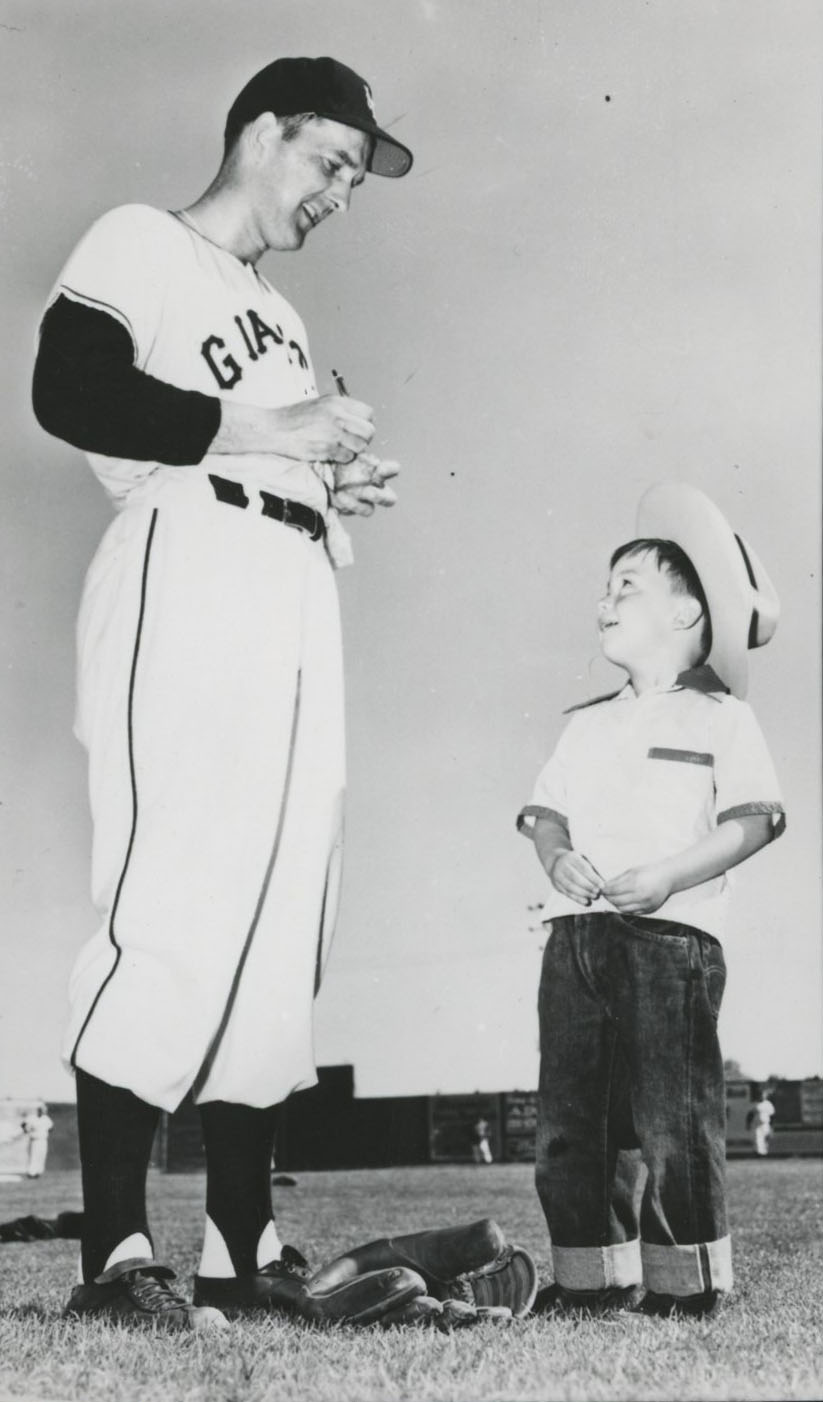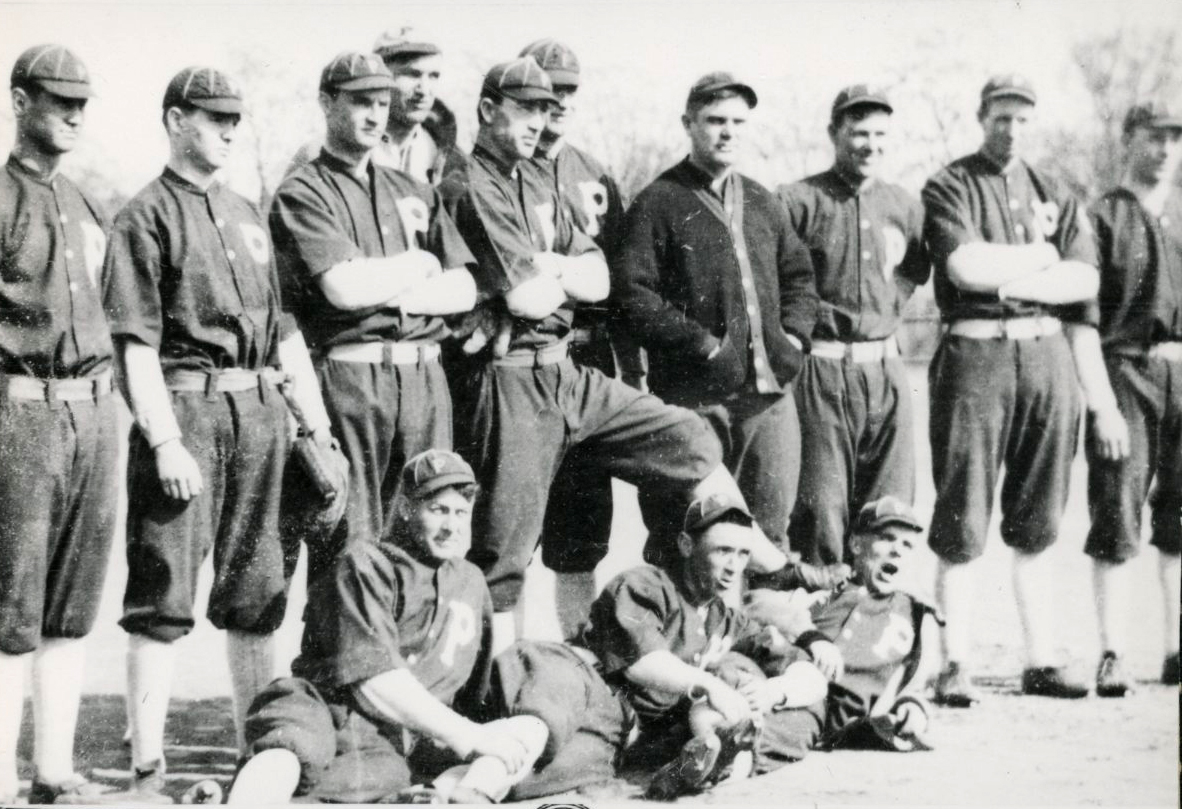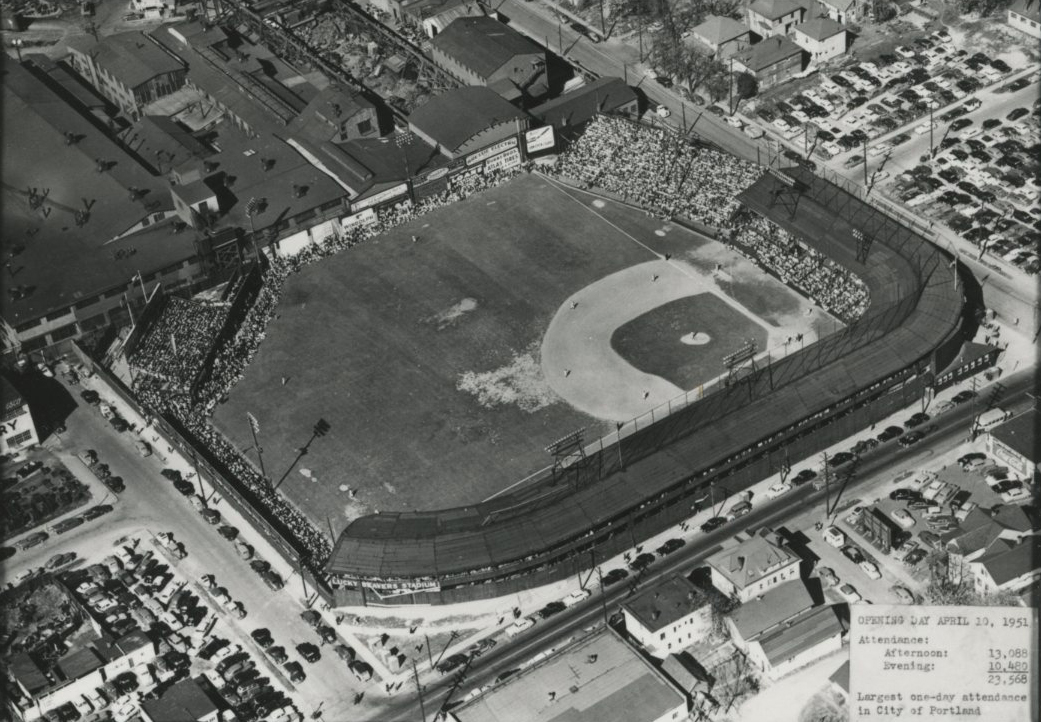Until his death in 2017, Robert Pershing (Bobby) Doerr of Junction City had been for many years the oldest living player in the Baseball Hall of Fame and the only member who lived in Oregon. Voted into the Hall in 1986, he spent his entire Major League career, from 1937 to 1951, playing second base with the Boston Red Sox. The team retired his number “One” in 1988. A “quiet leader of Red Sox during 1940s," his Hall of Fame plaque reads, Doerr was a “consistent second baseman, top double play man and fine clutch hitter.”
Born in Los Angeles on April 7, 1918, Doerr signed with the Hollywood Stars of the Pacific Coast League in 1934. He played with the Stars for two years, then for the San Diego Padres (the Stars’ name when they moved to San Diego), where he hit .342 and first played with Ted Williams. Late in the 1936 season, Hall of Fame second baseman Eddie Collins, on his only scouting trip for the Red Sox, came to the Portland Beavers' Vaughn Stadium where the Padres were playing. Collins signed Doerr and made an agreement with the Padres to sign Williams when he was ready to move to the big leagues.
In 1937, Doerr debuted at age nineteen with the Red Sox and played in forty-seven games. By 1938, he was a regular. Williams joined the Red Sox in 1939, center fielder Dom DiMaggio in 1940, and shortstop Johnny Pesky in 1942. They were friends for the rest of their lives, and a sculpture of the four as they appeared in 1946 is at Fenway Park.
Williams referred to Doerr as the “silent captain of the Red Sox.” As David Halberstam writes, Doerr had “an uncommon emotional equilibrium that would stay with him throughout his life. He never seemed to get angry or to get down.” He was one of the few people who could correct Williams’s swing when it went awry. That didn’t stop Williams from telling Doerr, after their regular argument about swinging with an uppercut (Williams) or swinging level (Doerr): "Okay, you wanna be a lousy 280, 290 hitter, go ahead and hit that way."
Doerr was one of the strongest hitting, best fielding second basemen in Major League history. With a career average of .288, he hit 233 home runs and drove in 1,247. Seven times he was in the top ten in the American League in home runs; eight times in the top ten in runs batted in. In 1944, Doerr led the league in slugging percentage and was the Sporting News player of the year.
In 1938, Doerr led the league in sacrifices; in 1950, he led in triples. He was selected for nine All Star games; and in his one World Series in 1946, which the Red Sox lost to the St. Louis Cardinals in seven games, Doerr’s .409 average led the team. His lifetime fielding percentage is .980. He led the league’s second basemen in fielding four times and led in range factor (the number of plays made per game at the fielding position) four times.
In addition to baseball, fishing brought Doerr and Ted Williams together, and the two men fished for steelhead on the Rogue River. Doerr, who loved the outdoors, first visited the Rogue in 1935 and knew he had found the place where he wanted to live. He met Monica Terpin, a schoolteacher in the Agness area, and they married in 1938. In the late 1930s, the Doerrs bought 160 acres near Agness and lived there before moving to Junction City in the 1950s. Doer died on November 13, 2017.
-
![]()
Bowman baseball card of Bobby Doerr, 1950.
Courtesy Bowman Gum
Related Entries
-
![Arthur Lee (Artie) Wilson (1920-2010)]()
Arthur Lee (Artie) Wilson (1920-2010)
Arthur “Artie” Wilson was a professional baseball player who was a long…
-
![Dale Murphy (1956-)]()
Dale Murphy (1956-)
Perhaps the most accomplished baseball player born in Oregon, Dale Murp…
-
![Jeff Lahti (1956-)]()
Jeff Lahti (1956-)
When he was eight years old, Jeffrey Allen Lahti told his mother, "I wa…
-
![Johnny Pesky (1919-2012)]()
Johnny Pesky (1919-2012)
The iconic Boston Red Sox baseball player Johnny Pesky began his career…
-
![Larry Jansen (1920-2009)]()
Larry Jansen (1920-2009)
Larry Jansen was a two-time All Star and one of the top pitchers in Maj…
-
![Portland Beavers (baseball team)]()
Portland Beavers (baseball team)
The Portland Beavers represented Portland in minor league baseball for …
-
![Scott Brosius (1966-)]()
Scott Brosius (1966-)
Scott Brosius made quite an entry into the major leagues on August 7, 1…
-
![Vaughn Street Park]()
Vaughn Street Park
Vaughn Street Park, as most Portlanders called it, was built in 1901 by…
Map This on the Oregon History WayFinder
The Oregon History Wayfinder is an interactive map that identifies significant places, people, and events in Oregon history.
Further Reading
Doerr, Robert Pershing. Interview with Oregon Stadium Campaign. 2004.
Halberstam, David. The Teammates: A Portrait of a Friendship. New York: Hyperion, 2003.
“Bobby Doerr.” Baseball Reference



